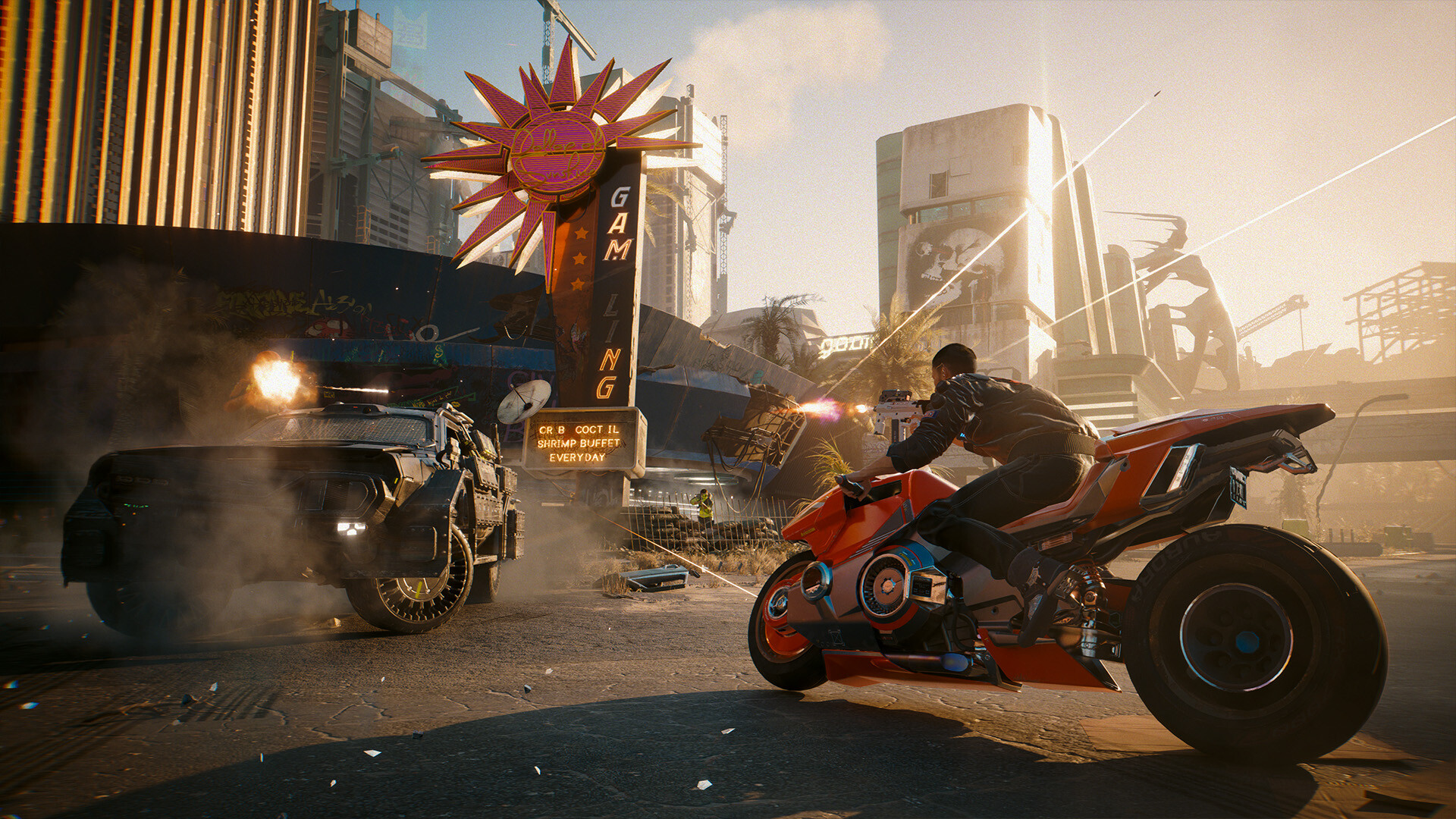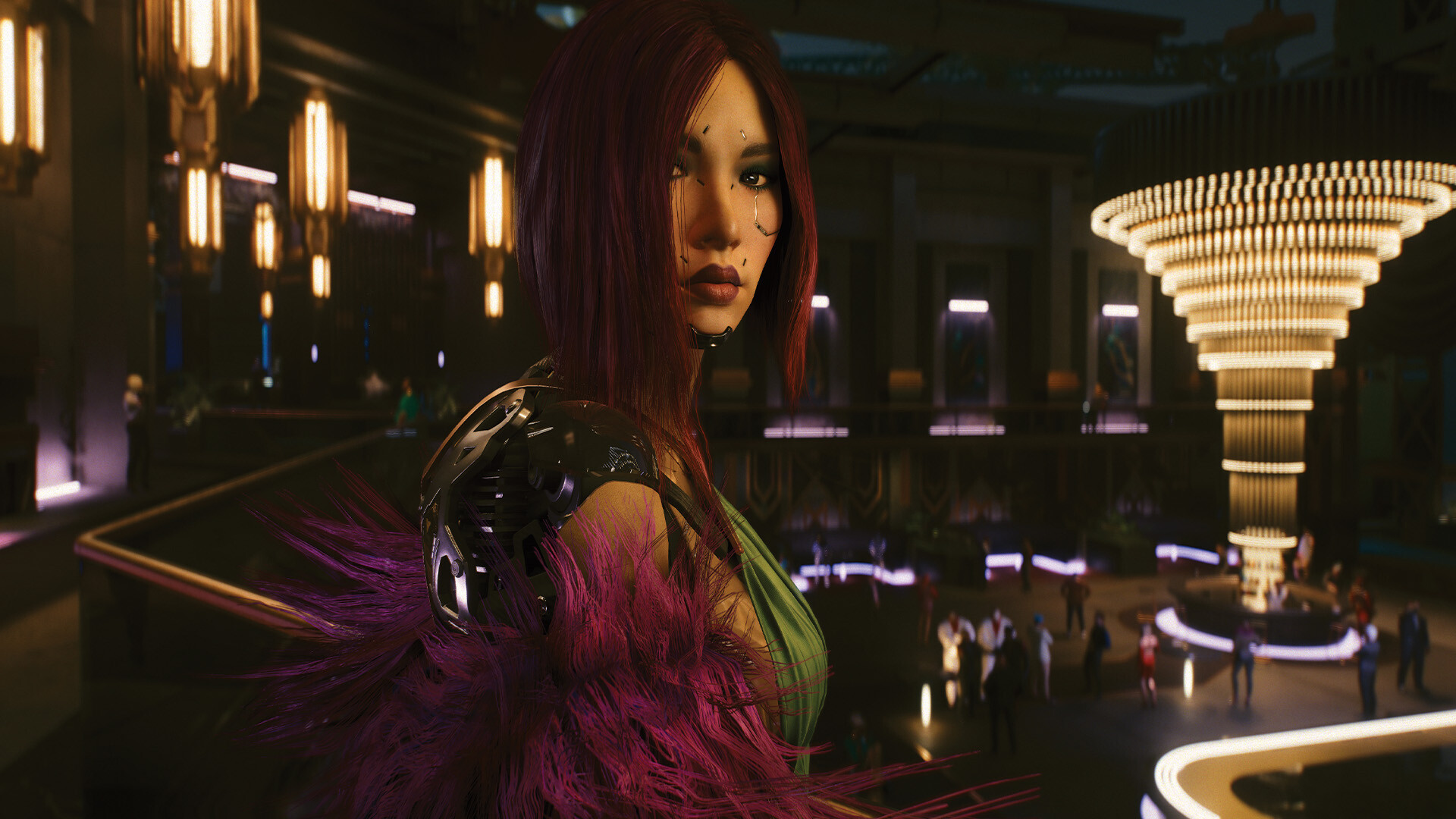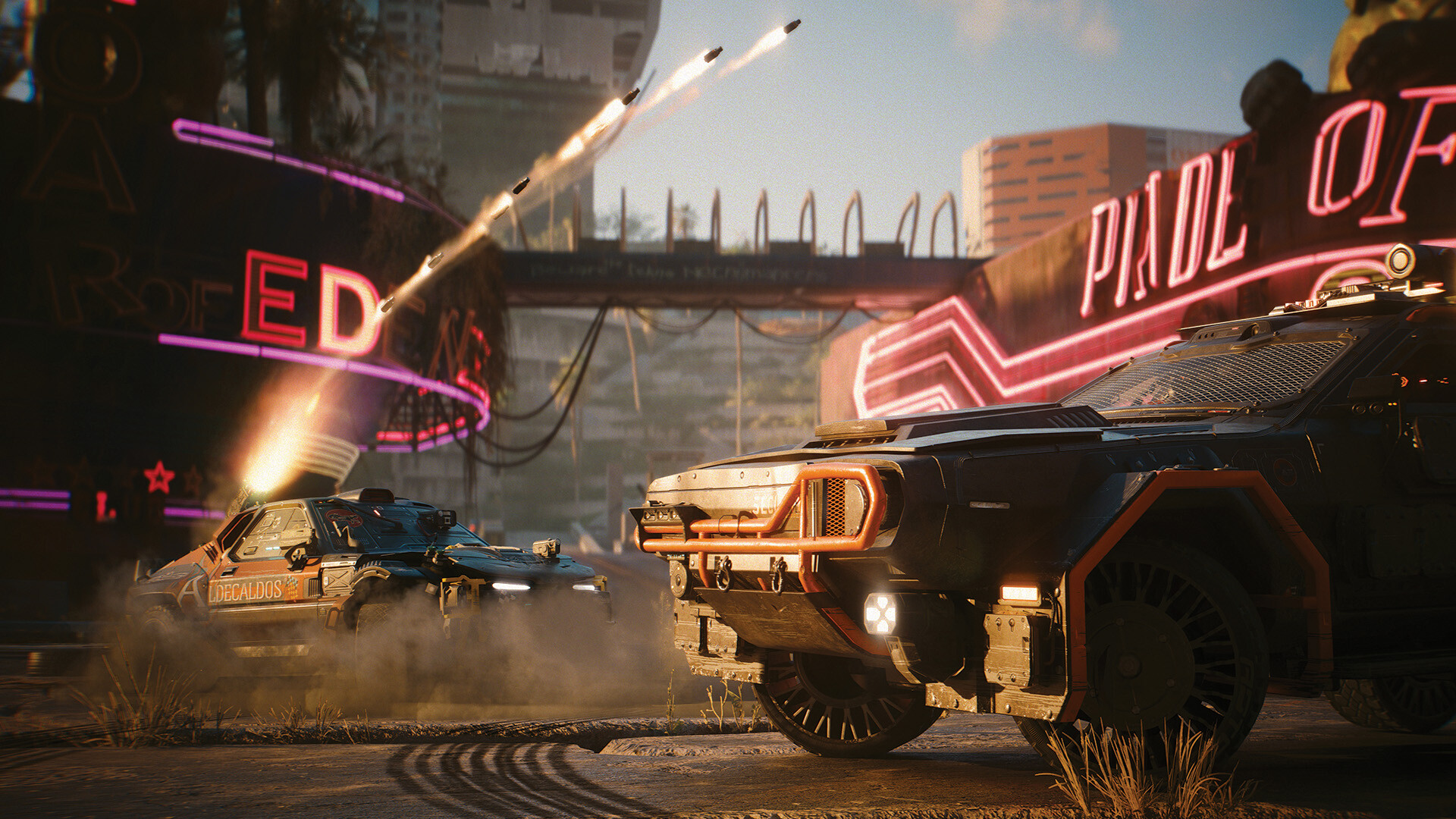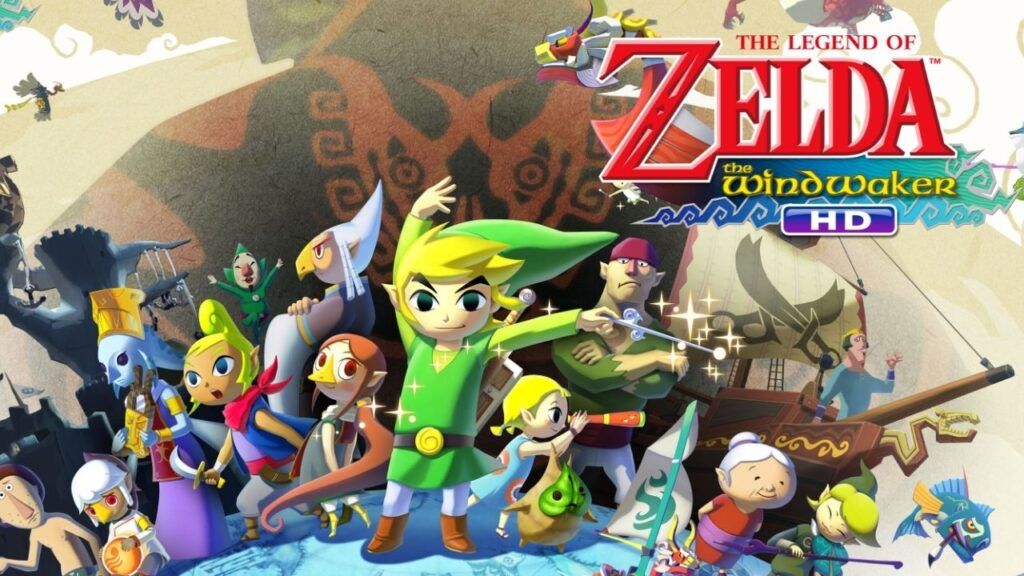In the vast world of role-playing games, CD Projekt Red’s “Cyberpunk 2077: Phantom Liberty” emerges as a beacon of narrative excellence, blending the gritty ambiance of Night City with a riveting spy-thriller plotline. While the base game “Cyberpunk 2077” set the stage with its intricate world-building and character-driven stories, “Phantom Liberty” elevates the experience, introducing players to a fresh set of challenges and characters that are both memorable and impactful.
Narrative Excellence with a Touch of Espionage
The game’s storyline veers away from the main quest of the base game, introducing players to a fast-paced spy thriller. The narrative unfolds as the president of the New United States’ spaceship crashes in Night City’s outskirts. As V, the player is plunged into a web of conspiracy, espionage, and political intrigue, tasked with unraveling a mystery that ties back to the core narrative of the base game. This expansion offers approximately 20 hours of gripping gameplay, ensuring players remain engaged from start to finish.

One of the standout features of “Phantom Liberty” is its character development. Solomon Reed, voiced by the talented Idris Elba, stands out as a spy who has faced numerous challenges in life. His character arc, combined with his interactions with V, is reminiscent of some of the most iconic video game characters in recent times. The supporting cast, too, brings depth to the narrative, each with their unique backstories and motivations that add layers to the overarching plot.
Gameplay Enhancements and Additions
“Phantom Liberty” benefits immensely from the recent 2.0 update to “Cyberpunk 2077”.As I navigated the neon-lit streets of Night City in “Cyberpunk 2077: Phantom Liberty”, it became evident that CD Projekt Red wasn’t content with just delivering a narrative expansion. The gameplay has received a significant overhaul, making the experience feel fresh, even for veterans of the base game.

In “Cyberpunk 2077: Phantom Liberty”, CD Projekt Red has undertaken a significant revamp of the game’s RPG fundamentals. The game has seen a rework in its perks system, ensuring that players have a more diverse and meaningful set of choices when leveling up and customizing their character. The integration and impact of cyberware and mods have been enhanced, allowing players to further tailor their character’s abilities and playstyle.ntroduced in the expansion, the Relic system offers enhancements to cyberware, adding another layer of customization.
Right off the bat, the refined shooting and movement mechanics stood out. Gone are the clunky interactions and slightly off aiming. Every gunshot, every sprint, every leap feels smoother and more intuitive. It’s clear that feedback from the original game has been taken to heart, resulting in a more polished gameplay experience.
But the real game-changer? Vehicle combat. No longer are vehicles just a mode of transportation. They’re now weapons in their own right. Engaging in high-speed chases while trading gunfire with adversaries brought a whole new dynamic to the game. It’s exhilarating, challenging, and adds a layer of strategy that was previously absent.

The revamped police system is another noteworthy addition. Law enforcement in Night City now feels more organic and responsive. Commit a crime, and the police response feels proportionate and logical. It’s not just about evading a wanted level; it’s about understanding the consequences of your actions in a living, breathing city.
The militarized suburb of Dog Town, with its unique challenges and missions, leverages these new mechanics beautifully. Each mission feels tailor-made to showcase the new gameplay elements, ensuring they’re not just gimmicks but integral parts of the “Phantom Liberty” experience.
A Testament to CD Projekt Red’s Mastery
CD Projekt Red has long been celebrated for its prowess in crafting role-playing games, and “Phantom Liberty” is a testament to this legacy. The expansion, while drawing inspiration from classic spy narratives, offers a unique take on the genre, blending it seamlessly with the cyberpunk aesthetic of Night City. The result is an experience that is both familiar and novel, ensuring players are hooked from the get-go.

Conclusion
“Cyberpunk 2077: Phantom Liberty” is more than just an expansion; it’s a masterclass in storytelling, character development, and gameplay design. While it builds on the foundation set by the base game, it introduces enough fresh elements to stand on its own. For fans of “Cyberpunk 2077”, this expansion is a must-play. For newcomers, it offers a glimpse into the rich world of Night City, making it a worthy addition to any gamer’s collection.
Cyberpunk 2077: Phantom Liberty on Steam Deck
Cyberpunk 2077: Phantom Liberty runs decently on Steam Deck, but the add-on is much richer in detail and effects, so it also caters more. Even after lowering everything to the minimum, it can drop below 30 FPS, and while that sounds lame, it keeps frames stable for most of the gameplay.
I’m currently using the Steam Deck graphics profile, plus I’ve lowered what was on high to medium and changed the scaling to XeSS, which looks noticeably better (balanced mode) than FSR 2.
The base after patch 2.0 runs better than before – Steam Deck’s CPU is more loaded and frames are definitely more stable than before.
With the Phantom Liberty add-on I don’t recommend going above 30 FPS. I’m testing different options and it seems to me that it works best at the moment on:
SteamOS 60 Hz
FPS limit in SteamOS: unlimited
In-game FPS limit: off
V-Sync: 30 FPS
After this treatment, the overlay goes crazy and shows frames x2 (that is, when it displays 60, the game runs at 30, and when it is, for example, 50, it means fluidity at 25 FPS).
Input lag is less than with the SteamOS limiter. If you instead opt for the in-game limiter alone (everything as above, but V-Sync off, and instead set the in-game FPS limit to 30) then the lag is lower, but it rips the screen more, especially with camera rotation. The overlay line showing the smoothness of the game is very jagged.






